Do you want to learn about sustainable agriculture and why it’s such a hot topic these days? Then, this guide is for you.
In short, Sustainable agriculture is a way of farming that takes care of the environment while ensuring there’s enough food, fiber, and fuel for everyone now and in the future.
In essence, it encourages farmers to act as guardians of the Earth by rewarding them significantly for nurturing the soil, keeping our water clean, and creating safe havens for humans and wildlife alike.
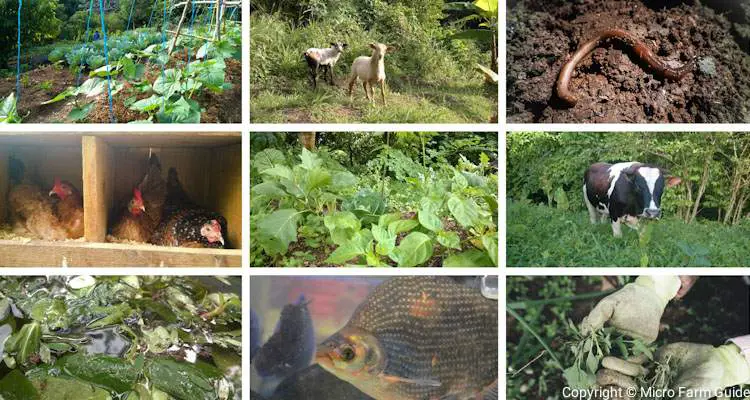
Now, this is only scratching the surface. In this guide, you will learn more about sustainable agriculture and discuss how we can use it to contribute to a more sustainable future.
So, join me as we explore the wonders of a farming method that’s good for us and the planet. To Begin, let’s take a look at:
The 3 Pillars of Sustainable Agriculture
Sustainable agriculture aims to create profitable farming systems that can provide for present and future generations.
This practical, eco-friendly approach is guided by several fundamental principles, all of which can be summed up into what I consider the 3 pillars.
These guiding principles are easy to understand and offer a realistic view of farming, with the first aiming to:
1. Make Farming Profitable
First, Sustainable agriculture aims to provide farmers with fair pay for their services to the community and planet.
Now, I’m not “preaching” entitlement. Still, at the very least, farmers should receive enough compensation to cover their costs and support their families.
This also means they must efficiently use water and organic materials, which might otherwise be considered waste.
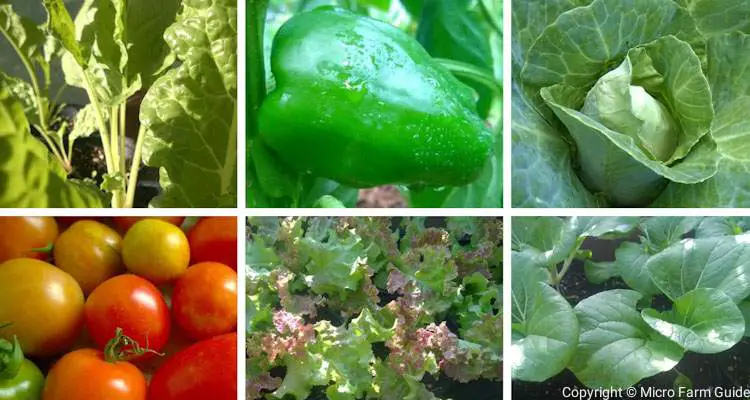
This efficient approach helps us to grow more food without the need for expensive synthetic fertilizers and pesticides, which in turn helps to:
2. Take Care of Nature
At the core, sustainable farming is about caring for the Earth. It’s about nurturing our land, protecting our water sources, and making optimal use of our natural resources.
We achieve this by using fewer harmful chemicals, conserving water, and creating ideal conditions for microorganisms, which in turn contribute to healthy soils, plants, and the environment.
Sustainable farming ensures this by promoting the diversity of crops and the integration of animals on the farm. It’s like creating a balanced mini-ecosystem in your garden.
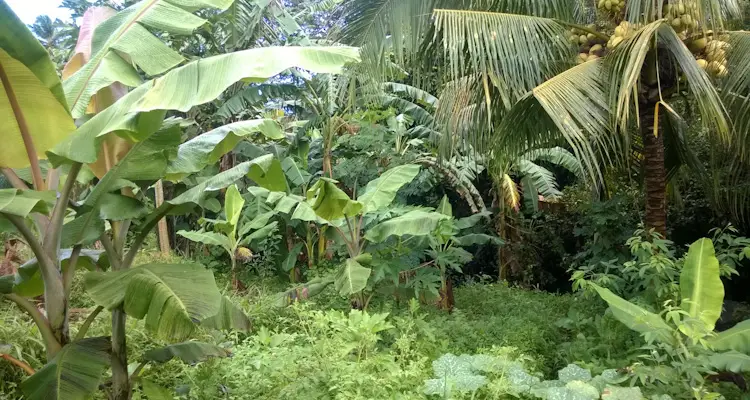
However, while nature’s beauty is worth preserving, we also need to consider our social responsibility to ensure a:
3. Better Quality Of Life
Ultimately, we’re not just stewards of the land but part of a wider community, where we seek to improve our neighbors’ health and quality of life.
As a result, sustainable farming seeks to treat farm workers fairly while providing a reliable supply of affordable food, fiber, and building materials.
These 3 principles are the common goals of most sustainable farming systems. They help us care for the Earth, support people, protect nature, and use resources wisely.
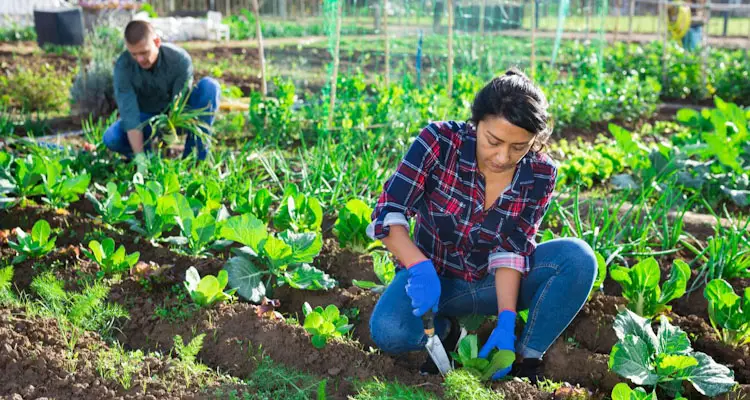
In theory, we can create a happier, healthier world for all by following these principles. However, this is sometimes easier said than done. With that said, let’s take a look at what it takes to realistically:
Achieve The Goals Of Sustainable Agriculture
Now, achieving these goals may seem like a tall order, but with the right approach, it’s absolutely doable.
For instance, Integrated farming is an essential strategy used in sustainable agriculture.
It combines different crops and animals on the same farm to create a mutually beneficial system. For example:
- Cows can graze on crop residues and provide manure in return, reducing the need for synthetic fertilizers.
- Fruit trees can shade coffee plants, creating a cozy habitat for bees and other beneficial insects.
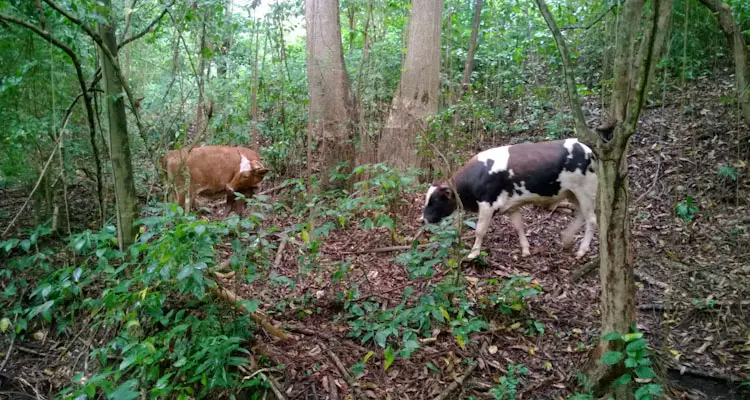
These two examples show just how simple it is to use sustainable farming principles and serve as a fantastic introduction to:
3 Benefits of Sustainable Agriculture
As we work towards creating sustainable systems, we also positively impact the environment.
These can vary considerably, but the most notable is the effect on the soil, water, and wildlife.
That said, let’s break down 3 benefits of sustainable agriculture in more detail, starting with:
1. Healthy Soil
Healthy soil is the foundation of any long-term agricultural system. When the soil is well-drained and nutrient-rich, crops like fruits, grains, and vegetables grow big and tasty.
Sustainable farming feeds the soil with natural materials like compost, cover crops, and natural fertilizers.
Using organic materials such as mulch also creates the perfect environment for microorganisms and soil creatures, which helps break down nutrients, improve the soil’s structure, and keep harmful organisms in check.
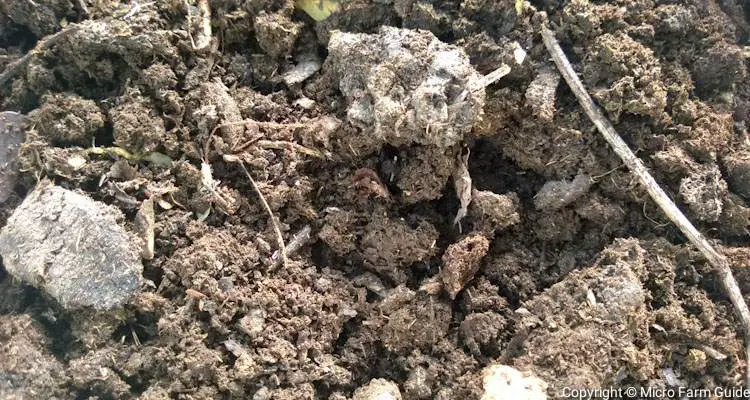
These organisms also help to remove the build-up of excess chemicals, minerals, and other nutrients in the soil, keeping them out of streams and other water sources. This reduces the chance of leaching, resulting in:
2. Clean Water
When farmers use harmful chemicals on their crops, they can wash into our rivers and lakes.
But in sustainable agriculture, we use eco-friendly methods, like IMO solutions, liquid fertilizers, and organic pesticides.
I’m not saying these cannot find their way into our water sources. Still, being organic in nature, they are much easier to break down by soil and other microorganisms.
Remember, water is life, and maintaining clean sources is super important.

So, we must do what we can to ensure the water stays pure and safer for everyone.
And in the process, we will indirectly be:
3. Protecting wildlife
For example, do you like waking up to birds chirping or looking at bees and hummingbirds as they hover from one flower to the next? Well, so do we!
Sustainable agriculture helps create a safe space for our animal pals to live and thrive. But that’s only the beginning…
Sustainable farms not only provide homes for our animal friends, but these in turn help out, too. For example, birds munch on pesky bugs that can harm our precious crops.
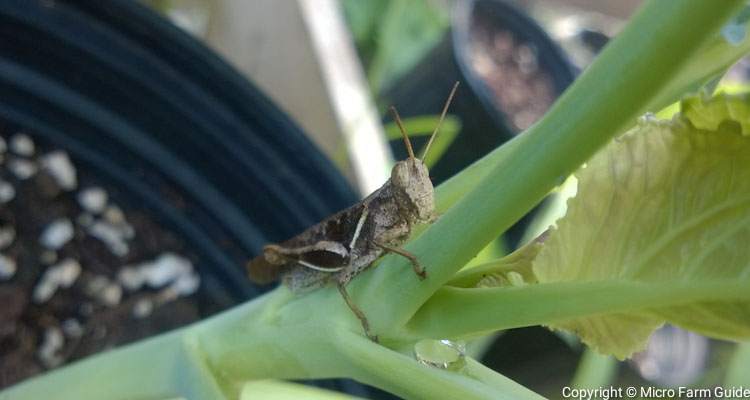
In other words, by creating the conditions to protect wildlife, our farm also benefits from the balance achieved within our little ecosystem.
So, at the end of the day, everyone pitches in to make a sustainable farm successful. This brings us to the most critical part:
How Can You Practice Sustainable Agriculture?
Sustainable agriculture sounds fantastic, but not everyone has acres of land at their disposal. Don’t worry; you can start small and make a huge impact.
For instance, if you have limited land space to practice, you can always:
Try a Home Garden
Creating a home garden using sustainable practices is a great way to learn the skills needed to succeed on larger projects.
For example, you can create a small food forest or plant a Syntropic garden in your backyard, where you can grow your favorite veggies, herbs, and flowers.
You can learn how to use natural fertilizers, control weeds, and manage pests without using harmful chemicals.
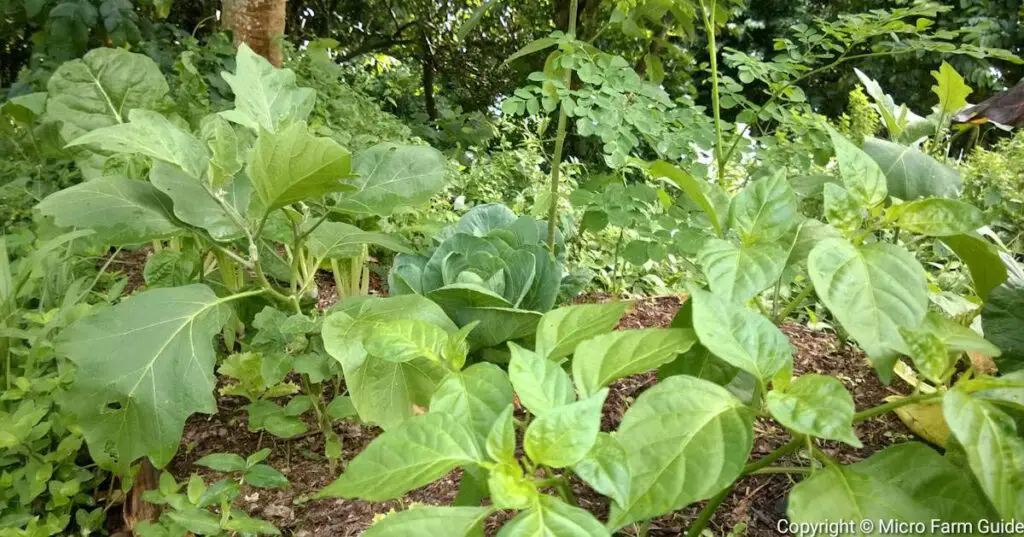
This will be challenging initially, but you will gradually develop the skills and confidence over time.
If you wish to gain more experience, you can:
Learn from Local Farmers
Take a trip to a local farm that follows sustainable farming principles and ask the farmers about their practices.
In most cases, farmers will be eager to share tips and even allow you to assist on their farms.
Let’s face it: sustainable farming is labor-intensive, so “more hands make lighter work.”
You can gain a wealth of knowledge and first-hand experiences by volunteering — not to mention the connections you can build.
So, don’t be afraid to get your hands dirty, and always be ready to:
Support Sustainable Brands
When you shop for food, clothing, and other items, you can look for brands that support sustainable agriculture.
Now, don’t get me wrong. I’m not suggesting that you fall for the hype and crafty advertising that claims “sustainability,” nor am I asking you to sacrifice quality.
Instead, support individuals and businesses who show their respect for nature and sustainable practices in every aspect of their business dealings.
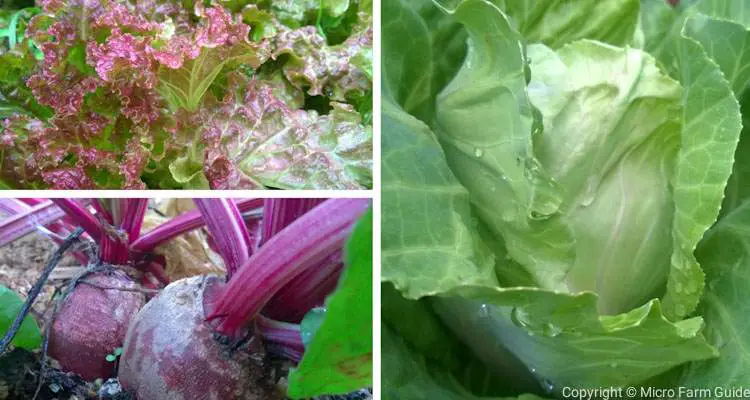
For example, this can include businesses that purchase from natural farmers or use “waste” materials to create new products.
In essence, by doing this, you encourage farmers and businesses to seriously consider additional ways to use materials and take action to protect the environment.
Final Thoughts
We’ve covered a lot in this brief introduction to Sustainable Agriculture.
From its common goals to its benefit to the soil, water, and wildlife, sustainable agriculture takes care of us so long as we take action.
To do so, we can engage in eco-friendly farming practices or purchase goods from businesses that support sustainable farmers.
And remember, don’t be afraid to start small…
If you’d like to learn more about the practical application of sustainable agriculture, then you can read this article, A Brief Introduction To Integrated Farming Systems.
Related Questions
1. What is the meaning of sustainable agriculture?
Sustainable agriculture is an eco-friendly farming technique that seeks to sustain farmers and their respective communities by engaging in practices that provide enough food, fuel, and fiber in the present without negatively affecting the ability to meet the needs of future generations.
2. What are some examples of sustainable agriculture?
Some examples of sustainable agriculture are Permaculture, Agroforestry, urban agriculture, hydroponics, and aquaponics. While they may seem different, they share similar core principles and goals.
3. What is the key to sustainable agriculture?
The key to sustainable agriculture is finding the right balance between meeting the need for food, shelter, and clothing and conserving the environment to make it profitable and appealing to farmers and consumers alike.
References
USDA National Agricultural Library. Sustainable Agriculture. nal.usda.gov. Accessed September 2023
Sustainable Agriculture Research & Education Program. What Is Sustainable Agriculture? sarep.ucdavis.edu. Accessed September 2023

